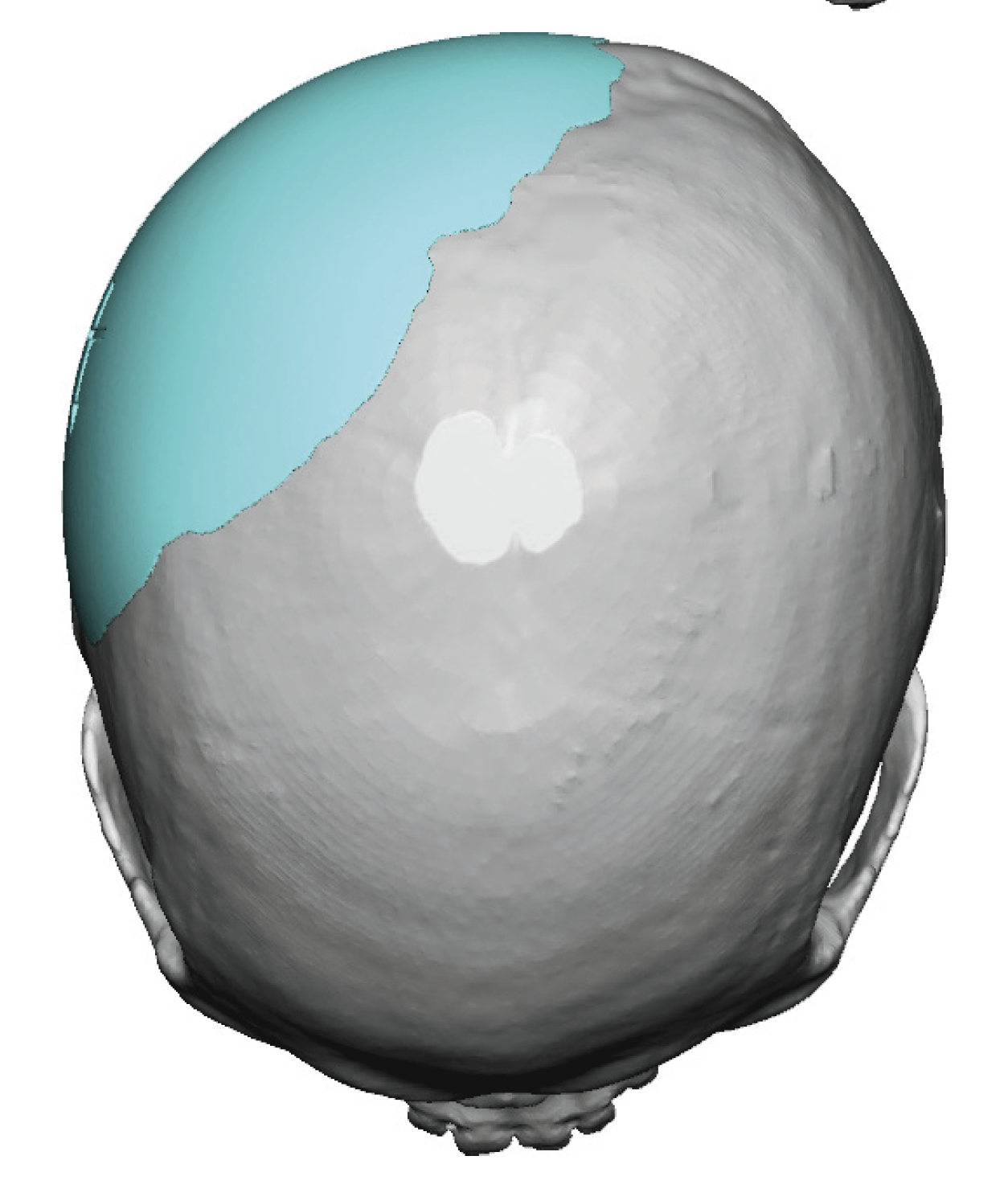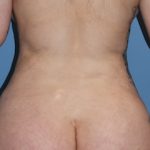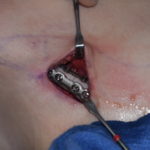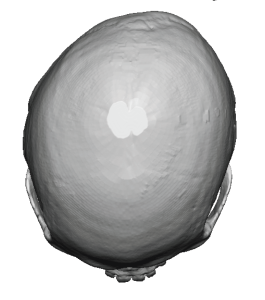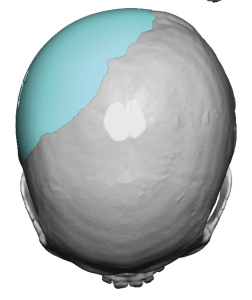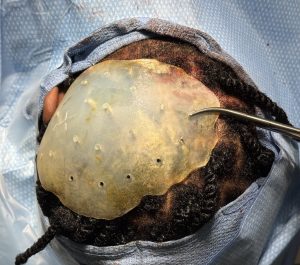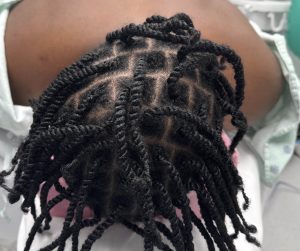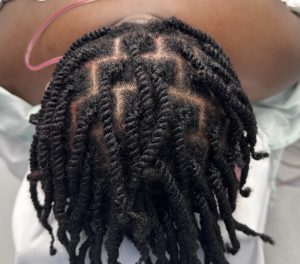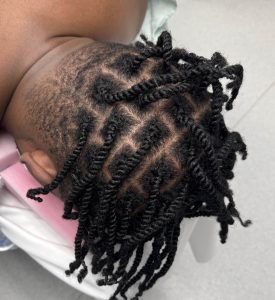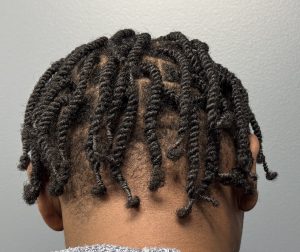Background: Plagiocephaly is one of the most recognized skull shape abnormalities. It refers to a twisted skull, as seen from above, most commonly with a counter clockwise rotation. While it affects the entire skull shape, including all five of its surfaces, its greatest impact is on the back of the head. A profound unilateral flattening of one side of the back of the head occurs usually on the right side.
The flattening on the back of the head affects more than just the back. The flattening wraps around the side to extend onto the side of the head as well. Thus anatomically the flattening has a temporo-parietal-occipital involvement. Because of the back and side of the head involvement the deficiency involves both bone and some temporal muscle as well. Like all surfaces of the skull they are connected so multi surface involvement almost always occurs with any type of convex shape deformity.
In designing a custom skull implant for the correction of plagiocephaly this is best thought of as a wraparound implant to create increased convexity at the junction of the back and side of the head. One factor to consider in the implant design is that the posterior temporal muscle on the flattened side will be thinner and more anteriorly located. The temporal muscle is not seen on a 3-D CT scan so increase thickness of the implant in this area must be done to optimize symmetry.The flattening deformity will also go quite low in the transition area so this must also be factored into the implant design.
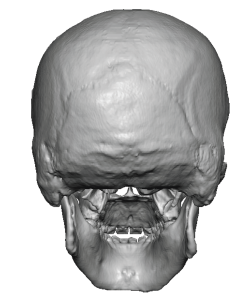
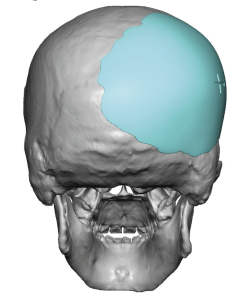
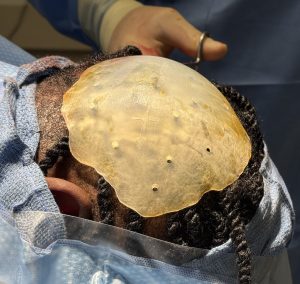
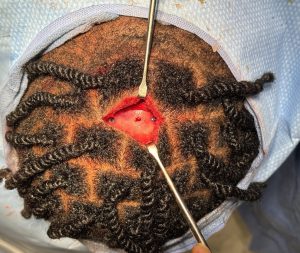
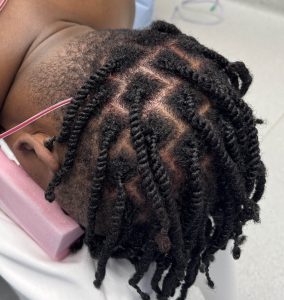
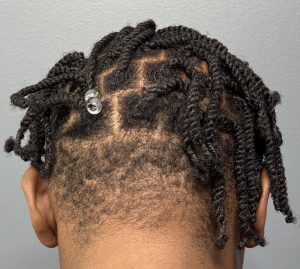
Key Points
1) While plagiocephaly often affects the entire skull shape its greatest impact is on the back of the head with unilateral flattening.
2) A custom back of the head skull implant provides the most effective correction as it rounds out the flattened temporo-parietal-occipital skull shape.
3) The custom plagiocephaly partially sits on bone and partially on top of the temporal muscle fascia.
Dr. Barry Eppley
World-Renowned Plastic Surgeon

